Reportage
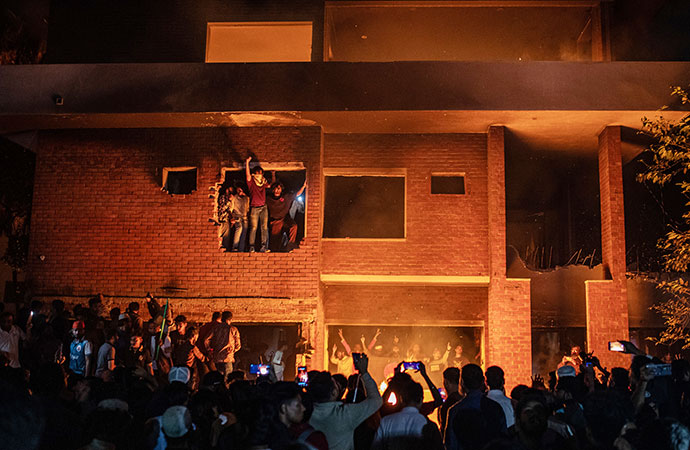
Photo: UNB
Speaking just weeks after the monumental events of July-August 2024 had culminated in the then-prime minister, Sheikh Hasina, fleeing the country, Mahfuj Alom, perhaps the most compelling figure in the student-led movement that had galvanised the nation, took to the podium at an event organised by July Gonoporishor.
Still looking ragged and restless like one whose battles have yet to unfold, what concerned him that day was how they, the chhatra-janata combine, having achieved the almost unthinkable, could sustain their revolutionary momentum, now when the revolutionary moment had passed.
"This new moment, is not something for intellectual inquiry," Mahfuj, who went on to serve as a special assistant to Chief Adviser Muhammad Yunus in the interim government, and now enjoys the status of an adviser, says. "It is more a matter of intuition. These 20 days (of the revolution), what were the ideas behind the solidarity we shared? What were its foundations? Who did we identify as friends, or as enemies? Who were our ideological opponents, and who were our friends? These 20-25-30 days, the political awakening we went through together - that is what we have reenact, keep reenacting, over and over again."
He goes on to invoke the concept of 'reenactment' from theatre studies, mentioning the background he shares in theatre with Nahid Islam, another one of the movement's most revered figures, currently the adviser on information and broadcasting. Theatre, because of its ability to represent or present through restaging, is said to be the quintessential platform for reenactment. Since the 1990s, reenactment has moved from the context of historical reconstruction to artistic and curatorial practice. In the words of Daniela Sacco, it "emancipated itself from the phenomenon of Living History where it functioned as a revival, or as a reenactment, of its historical antecedent."
What Mahfuj was essentially advocating then, was the need for the movement to recreate, and keep recreating the heart-stopping ups and downs that overturned the Gregorian calendar and led to July 36 (August 5th). Otherwise, they risked losing relevance and falling by the wayside. Looking back at the events of the last six months, the various causes taken up by the student population under one banner or the other, would seem to have taken their cue from Mahfuj's challenging prescription. But at what price to the nation?
This week, on the six-month anniversary of the movement's success in ridding Bangladesh of a dictator, the student population came closest to reliving their revolution. Having set themselves as the mortal enemies of the Awami League, that they regard as a fascist political force that had spent its entire political legitimacy under Hasina and now should be barred from the political arena, news that AL would be looking to get its house in order and stage some sort of comeback from this month fueled the revolutionary zeal in them like nothing before. Almost immediately, the call went out to guard against any such occurrence (of an AL revival).
The students are always very conscious of the fact that there can be no love lost between them and the AL. If the AL does manage to ever mount a comeback, the likes of Hasnat, Sarjis, Mahfuj and Nahid know they will be among the targets, and given Bangladeshi history, we know that it won't remain confined to politics. The stakes, for them, literally couldn't be higher. And so when they speak of how to deal with or handle AL, you must defer to them.
For its own part, AL and its leaders have not helped matters at all, by failing or at least obdurately refusing to show any remorse for the killings that occurred under their watch, by security agencies completely in hock to the political leadership, all of which has been well-documented by now - if indeed there was ever any doubt. Students have at times claimed the number of fatalities exceed 2,000. The interim government however, has been able to confirm 870-odd killed, more than 400 blinded in at least one eye, and many thousands injured. By any standard you care to mention, those are grim numbers. And yet, the deposed prime minister from her location just outside the Indian capital, has the audacity to ask: "What was my mistake?"
Certainly one mistake she made was becoming too detached from the people, leading her to lose the pulse of the nation, and the sensibilities of an entire generation. As the bulldozers and cranes arrived at the historic location of Dhanmandi Road-32, home to what was - in its final iteration - the Bangabandhu Museum, the battle lines were drawn. For much of its history, this was an iconic address where so much of the early history of Bangladesh was wrought. Was it really the Mujibs' residence, or a piece of Bangladesh, its irrepressible history, that was being razed to the ground? And as they tore it down, brick by brick, set it on fire till it was reduced to a limp carcass of concrete and rod, it became our turn to question the students' audacity.
The Demolition Job
The house that Bangabandhu Sheikh Mujibur Rahman had built, began to collapse under the bulldozers' impact late Wednesday night (Feb. 5), following a fire set on its third floor earlier that evening. The demolition job began at 11:30pm, following the arson attack on the third floor at around 9pm.
Earlier in the night, at approximately 10:30pm, a crane was brought to the site, followed shortly by a bulldozer. Flames could be seen engulfing part of the building as the crowd watched. It is still not known who paid for or who brought the heavy equipment. As the crane was positioned, many onlookers climbed onto it, cheering and chanting slogans such as "Tear down Sheikh Mujib's house! Raze it to the ground!" Some protesters called for the execution of Sheikh Hasina.
From 8pm onwards, large crowds began gathering outside the residence. As their numbers swelled, tensions escalated, leading to the forced entry of the mob, who broke the gates and stormed inside. Armed with sticks and crowbars, they actively participated in the destruction.
Student activists and online campaigners who had played a role in the July Uprising declared that the demolition would commence precisely when Sheikh Hasina was scheduled to deliver a speech that evening, through her party's online channels. But the attack began ahead of schedule, at approximately 8pm. The Hasina speech was scheduled for 9pm.
At 7pm, Hasnat Abdullah, the convenor of the Anti-Discrimination Student Movement, posted on Facebook: "Tonight, Bangladesh will be free from the shrine of fascism."
Defenestrating the IG
As for the interim government, it was left in the role of a helpless onlooker, as it washed its hands of any responsibility to maintain law and order. The entire administration was rendered inactive, even as the vandalism became rampant, spreading to multiple districts on the first night itself, as the various mobs set about attacking AL-associated locations around the country.
Terming the vandalism at Dhanmondi-32 as unfortunate and unexpected, the interim government only said it was a manifestation of people's anger incited by the "provocative remarks" made by 'fugitive Sheikh Hasina from India' against the July Uprising.
The interim government, in a statement on Thursday, urged India to ensure that its territory is not used to promote instability in Bangladesh and prevent Sheikh Hasina from issuing further remarks. The statement said Sheikh Hasina, who is a fugitive and facing charges of crimes against humanity, should refrain from making statements that incite unrest.
The government is committed to ensuring justice for those involved in the July massacre saying that the legal process is proceeding at full pace. Besides, the government will examine what legal action can be taken against those engaging in provocative activities, it added.
For the past six months, no attacks or incidents of destruction had taken place at the historic residence and tensions escalated following Sheikh Hasina's provocative statements which offended those who sacrificed their lives during the July Uprising, according to the statement shared by the Chief Adviser's press wing. It would have done little to inspire confidence in the citizens. The Yunus administration has never looked very strong - that has never been its forte. But never have they looked more helpless.
Anyone running this place?
The wave of destruction outside the capital began with the demolition of 'Sheikh Bari,' the home of ousted prime minister Sheikh Hasina's uncle in Khulna. Vandalism and arson have since been reported in multiple districts across the Chattogram, Rajshahi, Khulna, Rangpur, Mymensingh, Barishal, and Sylhet divisions.
Khulna
The Sheikh Bari was demolished in Khulna on Wednesday evening. Leaders and activists of the anti-discrimination student movement started to demolish the residence at around 9:00 pm with two bulldozers from the city corporation.
During the vandalism, they were chanting slogans against Sheikh Hasina, Awami League, Jubo League, and Chhatra League.
Located in the Moylapota area of Khulna city, the Sheikh Bari was home to Sheikh Hasina's cousins Sheikh Helal Uddin and Sheikh Sohel Uddin and some other family members. They used to control regional politics of the Awami League from the residence.
Kushtia
The residence of Awami League joint general secretary and former Kushtia-3 (Sadar) MP Mahbub Ul Alam Hanif was partially demolished with an excavator in Kushtia. A group of people, under the banner of anti-discrimination students and people, began vandalising the house at 10pm on Wednesday.
According to witnesses, an excavator first tore down the main gate and boundary wall, while the protesters were chanting - 'burn the dictator's den.' The vandalism continued until 10:30pm.
Chuadanga
During an excavator procession of the anti-discrimination student movement on Wednesday, four murals of Sheikh Mujibur Rahman and Sheikh Fazilatunnesa Mujib were vandalised in Chuadanga district town last night. Besides, the district Awami League office was attacked and damaged.
At around 12.30am, they moved to the district Awami League office with a procession and demolished a mural of Sheikh Mujibur Rahman on its premises. Later, they destroyed another mural in front of the upazila parishad.
Jashore
Seven sculptures, murals, and nameplates of Sheikh Mujibur Rahman and Sheikh Hasina were vandalised in Jashore. From 11:30pm to midnight (Wednesday), protesters - mainly students - damaged the structures using hammers.
Rashed Khan, convener of the anti-discrimination student movement's Jashore unit, said their district committee did not issue any instructions to vandalise the Bangabandhu mural.
Barishal
People started demolishing the houses of former mayor and city Awami League leader Sadiq Abdullah and senior Awami League leader Amir Hossain Amu with bulldozers since Wednesday night.
The leaders of Anti-Discrimination Student Movement (ADSM) gathered in front of Sadiq Abdullah's residence on Kalibari Road. While the agitated students had already brought a bulldozer, they were unable to use it due to obstruction from the Army personnel.
Half an hour later, they started demolishing Sadiq Abdullah's house with the bulldozer. Around 1:30am, at one point of vandalism surrounding the residence, a portion of the ground floor of the house was razed to the ground. Later, the second floor of the building was set on fire.
Sadiq Abdullah's father, former parliament member and Barishal City Awami League president Abul Hasnat Abdullah is a paternal cousin of ousted prime minister Sheikh Hasina.
Meanwhile, people started demolishing Amir Hossain Amu's residence on Bogura Road in Barishal city with a bulldozer. The leaders and activists of ADSM along with other students demolished the ground floor of the three-story building.
Bhola
The residence of Awami League advisory council member and former Bhola-1 MP Tofail Ahmed was vandalised and set on fire on Wednesday night. The fire continued burning until the next morning.
According to witnesses, a group of aggrieved people broke through the gate of Priya Kutir on the Gazipur road in Bhola Sadar and carried out extensive vandalism there. They smashed doors and windows, removed portraits, crests, and documents from the walls, and set them ablaze on the street. Some furniture and fans were also looted.
Pirojpur
An agitated mob has vandalised and set fire to the houses owned by former Pirojpur lawmaker AKMA Awal and his brother former mayor Habibur Rahman. The incident occurred in the Parherhat area of the town around 1am Thursday.
Agitated student-people demonstrated in a large scale across the country on Wednesday centering an announcement of a speech to be broadcast by ousted autocratic prime minister Sheikh Hasina who fled to India.
Local sources say protest processions were held by enraged students and people in different parts of the town. At one point, the agitated mob vandalised and set fire to the houses of AKMA Awal and his brother and Pirojpur Awami League vice-president Habibur Rahman.
Apart from that, the toll booth of Baleshwar Bridge and district Jubo League president Akhtaruzzaman's house in the Shankarpasha union of the upazila was set on fire.
Kishoreganj
Anti-Discrimination students and people declared the Kishoreganj district office of Bangladesh Awami League as a "public toilet". They wrote "public toilet" on the wall of the party's deserted office building at Kishoreganj Sadar station road around 10:45pm Wednesday.
At the same time, the agitated student-people tore down a mural of Sheikh Mujib. Witnesses said the abandoned Kishoreganj AL's office building was set on fire Wednesday night.
Later, the mural of Sheikh Mujibur Rahman, installed in front of District Freedom Fighters' Complex in Kharampotti area.
Noakhali
Awami League general secretary Obaidul Quader's village home in Companiganj upazila of Noakhali, was attacked, vandalised and set on fire by agitated students and members of the public. The incident took place on Thursday, at around 1pm. Neither Obaidul Quader nor any member of his brother's family was present at the residence at the time.
Eyewitnesses reported several hundred agitated students and members of the public, armed with sticks, stormed Obaidul Quader's village home in Bara Rajapur village, under the Basurhat pourashava of Companiganj. The attackers forcefully entered the two-storey concrete building belonging to his younger brother, Abdul Quader Mirza- former mayor of Basurhat pourashava and president of the Companiganj upazila Awami League-and carried out extensive vandalism.
Individuals present during the attack informed vernacular daily Prothom Alo that in addition to the main residence of Obaidul Quader and his brother Abdul Quader Mirza, there is a separate single-storey house belonging to their other brother, Shahadat Hossain, located nearby in the village. Subsequently, they removed furniture from one of the houses, placed it on an old vehicle and set it on fire. Additionally, a tin-roofed structure in front of Shahadat Hossain's residence was also set ablaze.
At the scene, Mohammad Ariful Islam, the district coordinator of the Noakhali branch of the anti-discrimination student movement, spoke to the journalists. He stated that numerous people in Companiganj had suffered oppression and persecution at the hands of the Obaidul Quader and his brother Quader Mirza's associates.
The Officer-in-Charge (OC) of Companiganj police station, Mohammad Fouzul Islam, told Prothom Alo that he was at the office of the district superintendent of police on official duty. He confirmed that the inspector had gathered information regarding the incident.
Additional reporting by UNB






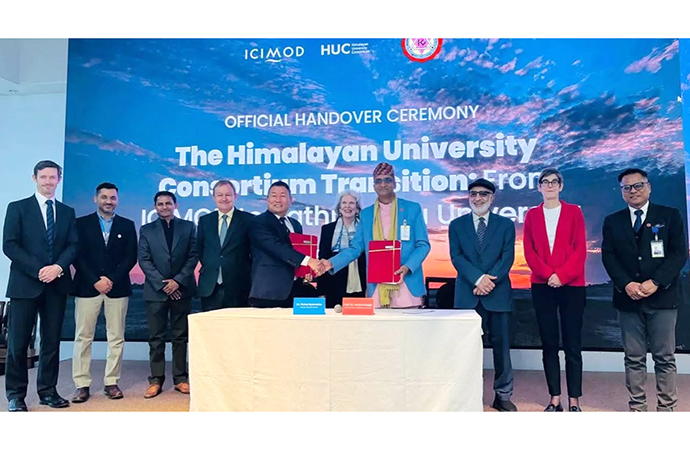
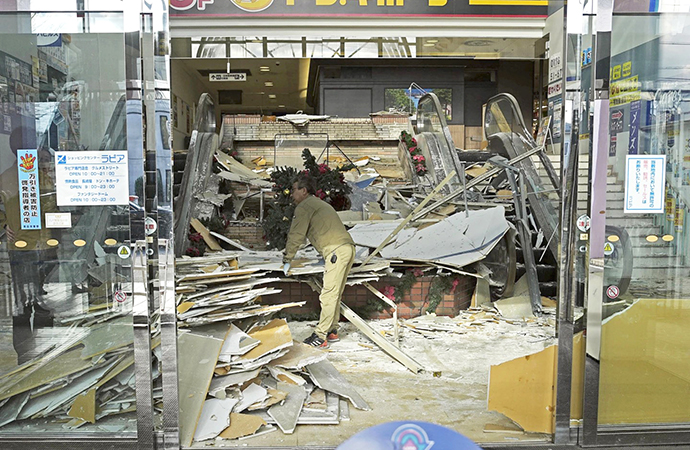

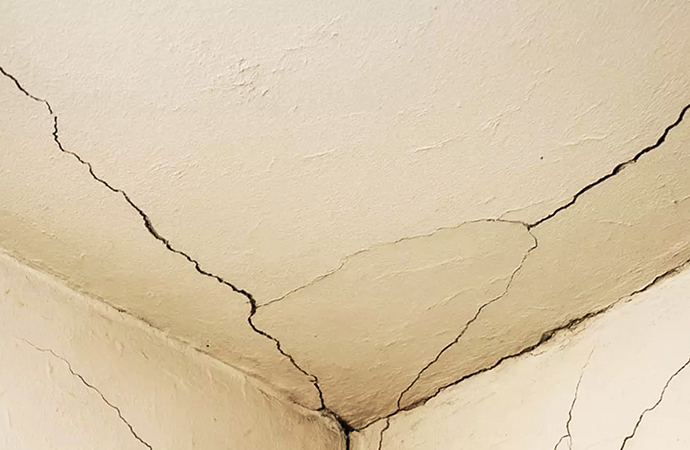
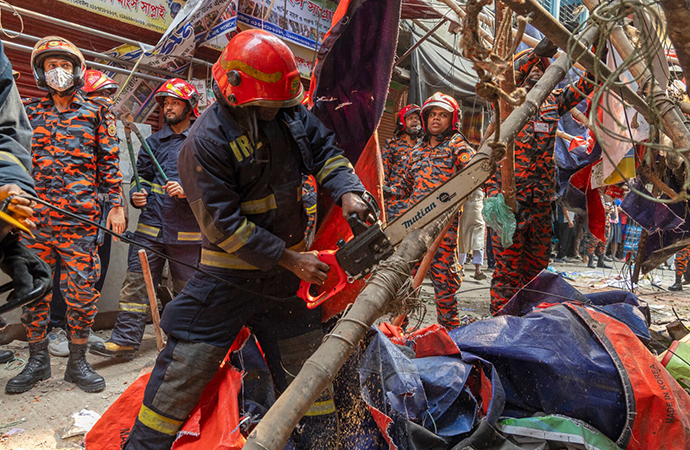
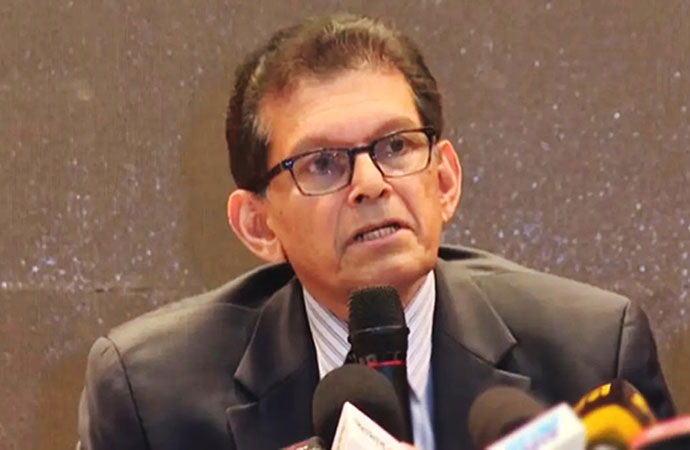
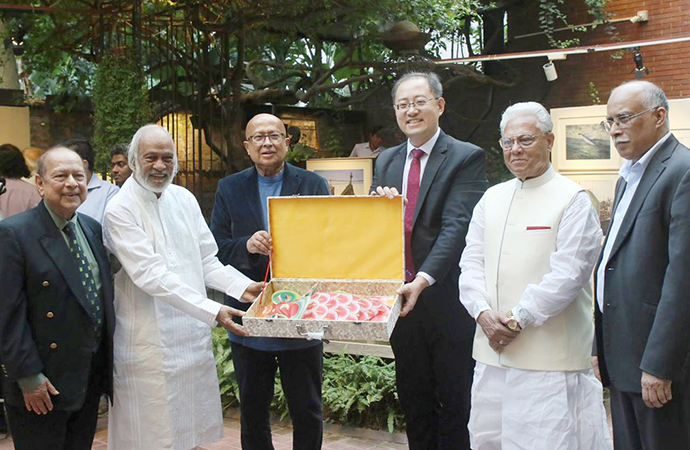



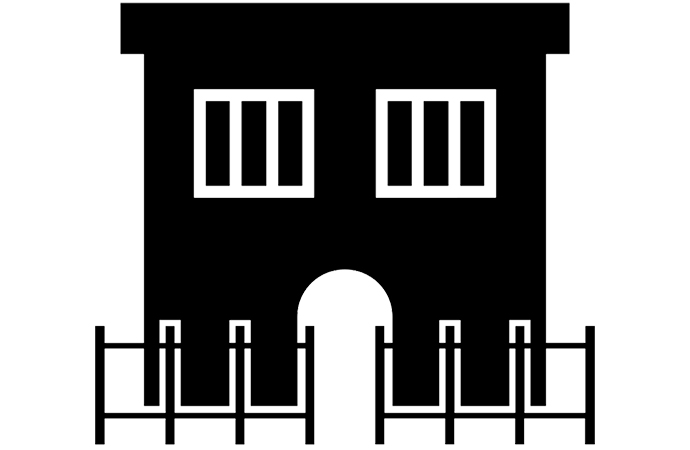



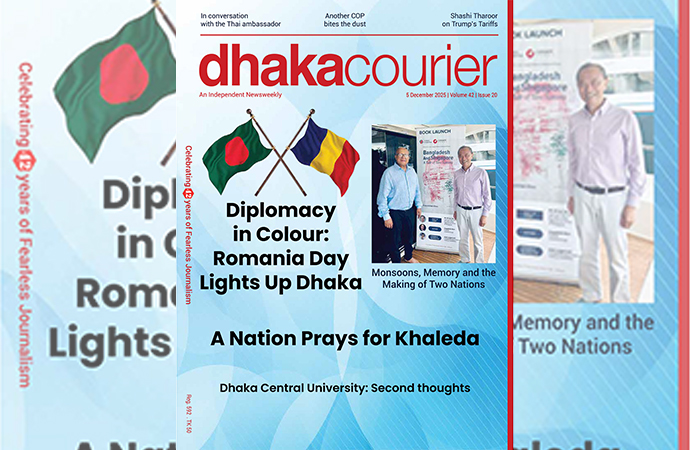


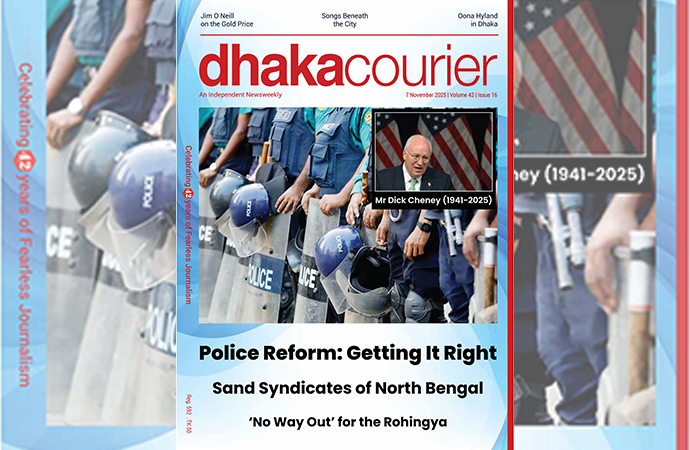
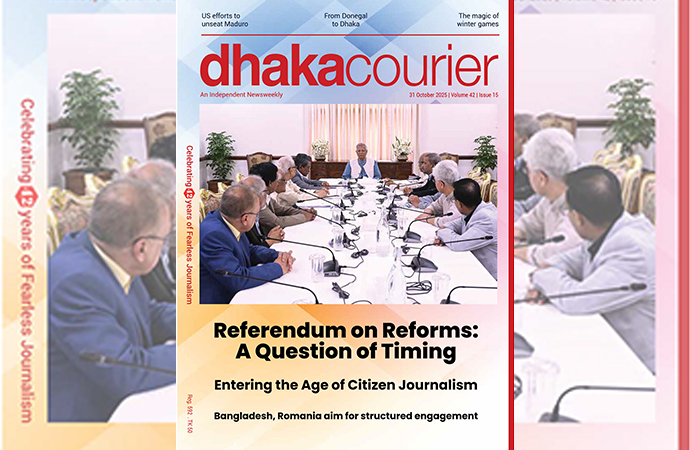
Leave a Comment
Recent Posts
Right On Schedule
The most eagerly anticipated, and frankly hyped up, announcement of an ...
Fighting raged along the borde ...
Fighting raged along the border of Cambodia and Thailand, with explosi ...
ICIMOD drives regional cooperation to inspire new mo ..
The Cage of Captivity and the Cry for Freedom: A Cru ..
Why Japan issued an advisory for a possible megaquak ..
The Autocrats’ War on Universities